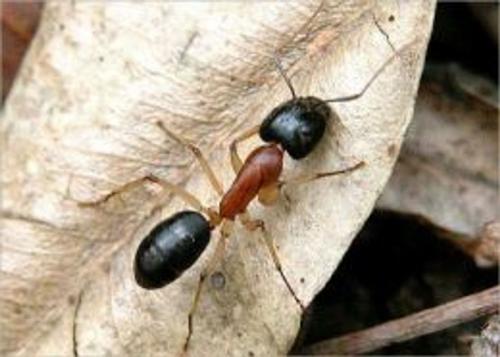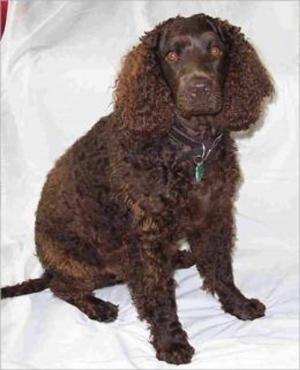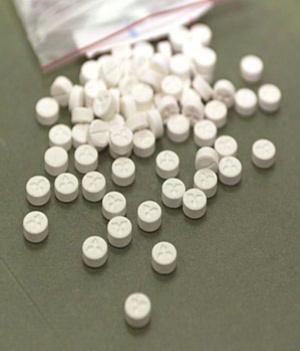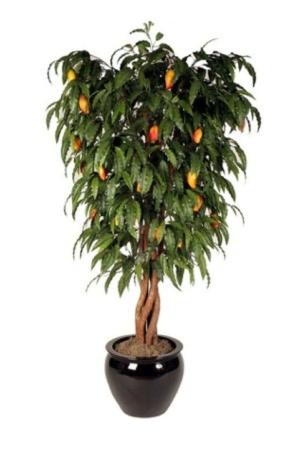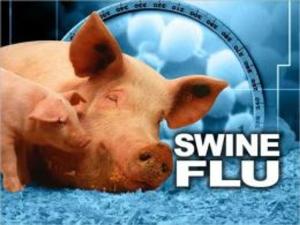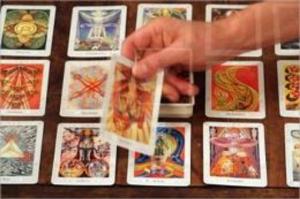A Crash Course on How to Get Rid of Sugar Ants
Nonfiction, Home & Garden, The Home, Outdoor & Recreational Areas, Science & Nature, Nature, Insects & Spiders| Author: | Clyde Fletcher | ISBN: | 1230000105274 |
| Publisher: | Axel Publishing | Publication: | February 9, 2013 |
| Imprint: | Language: | English |
| Author: | Clyde Fletcher |
| ISBN: | 1230000105274 |
| Publisher: | Axel Publishing |
| Publication: | February 9, 2013 |
| Imprint: | |
| Language: | English |
A Crash Course on How to Get Rid of Sugar Ants
Sugar ants of Australia, or camponotus consobrinus, dwell in arid climates and can be found in urban areas, woodlands and forests. Sugar ants are identified by their black heads, protruding mandibles, orange or brown bodies and relatively large size.
The sugar ant is one of the largest groups of ants in Australia. Although species vary in color, shape and size, sugar ants measure between 2.5 millimeters and 15 millimeters, depending on caste and habitat. Soldier sugar ants have larger bodies and mandibles than workers. Queen sugar ants may survive for more than 20 years if they are fed every day, though most queens live for a short time.
Sugar ants nest in soil, rocks, the roots of plants and the twigs of shrubs and trees. Workers are most visible at dusk, traveling along marked trails as they forage for food, and at dawn, when they return to their nests. Sugar ants are most active during warm weather.
Contrary to its name, the sugar ant does not feed on sugary foods alone. Sugar ants are omnivorous and also consume insects, small animals and invertebrates such as caterpillars. Sugar ants collect nectar, honeydew and other liquid secretions of plants. They cultivate and tend aphids as a source of food, moving them from one place to another to protect them from other predators.
Although sugar ants are unable to sting, they lift their abdomens and use their mandibles to bite when threatened. If provoked further, they defend themselves by spraying acid from their abdomens to frighten predators away. Sugar ants attack in swarms when their colonies are in danger.
Indoors, sugar ants seek sweet food items in the kitchen and pantry and are also attracted to clothing stains. Entire colonies may forage for food within a home, causing a serious infestation. Pest control professionals can address these infestations most effectively.
Scroll up... and click on "Buy Now" to deliver almost instantly to your Kobo or other reading device.
A Crash Course on How to Get Rid of Sugar Ants
Sugar ants of Australia, or camponotus consobrinus, dwell in arid climates and can be found in urban areas, woodlands and forests. Sugar ants are identified by their black heads, protruding mandibles, orange or brown bodies and relatively large size.
The sugar ant is one of the largest groups of ants in Australia. Although species vary in color, shape and size, sugar ants measure between 2.5 millimeters and 15 millimeters, depending on caste and habitat. Soldier sugar ants have larger bodies and mandibles than workers. Queen sugar ants may survive for more than 20 years if they are fed every day, though most queens live for a short time.
Sugar ants nest in soil, rocks, the roots of plants and the twigs of shrubs and trees. Workers are most visible at dusk, traveling along marked trails as they forage for food, and at dawn, when they return to their nests. Sugar ants are most active during warm weather.
Contrary to its name, the sugar ant does not feed on sugary foods alone. Sugar ants are omnivorous and also consume insects, small animals and invertebrates such as caterpillars. Sugar ants collect nectar, honeydew and other liquid secretions of plants. They cultivate and tend aphids as a source of food, moving them from one place to another to protect them from other predators.
Although sugar ants are unable to sting, they lift their abdomens and use their mandibles to bite when threatened. If provoked further, they defend themselves by spraying acid from their abdomens to frighten predators away. Sugar ants attack in swarms when their colonies are in danger.
Indoors, sugar ants seek sweet food items in the kitchen and pantry and are also attracted to clothing stains. Entire colonies may forage for food within a home, causing a serious infestation. Pest control professionals can address these infestations most effectively.
Scroll up... and click on "Buy Now" to deliver almost instantly to your Kobo or other reading device.
